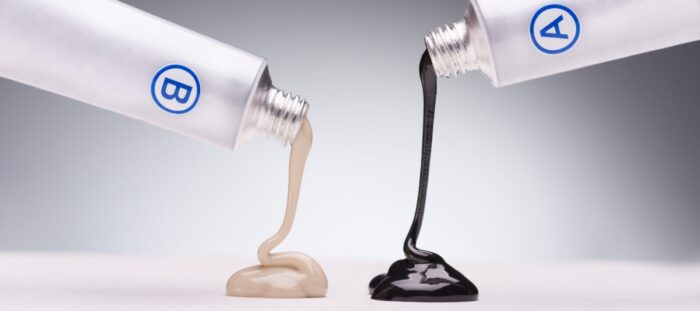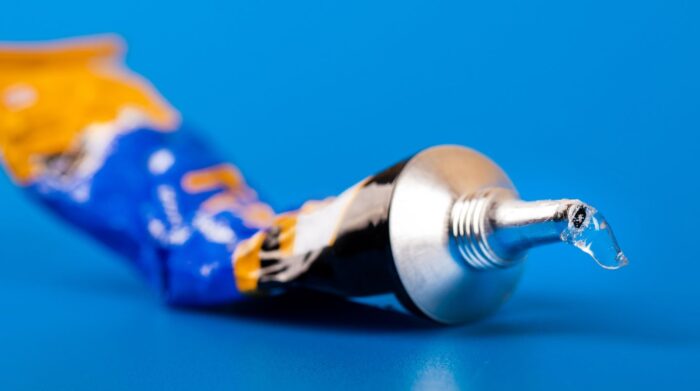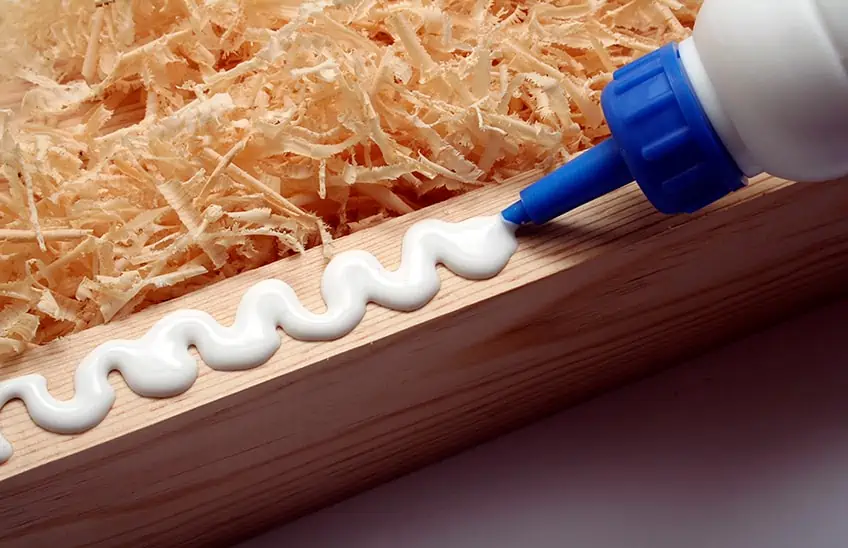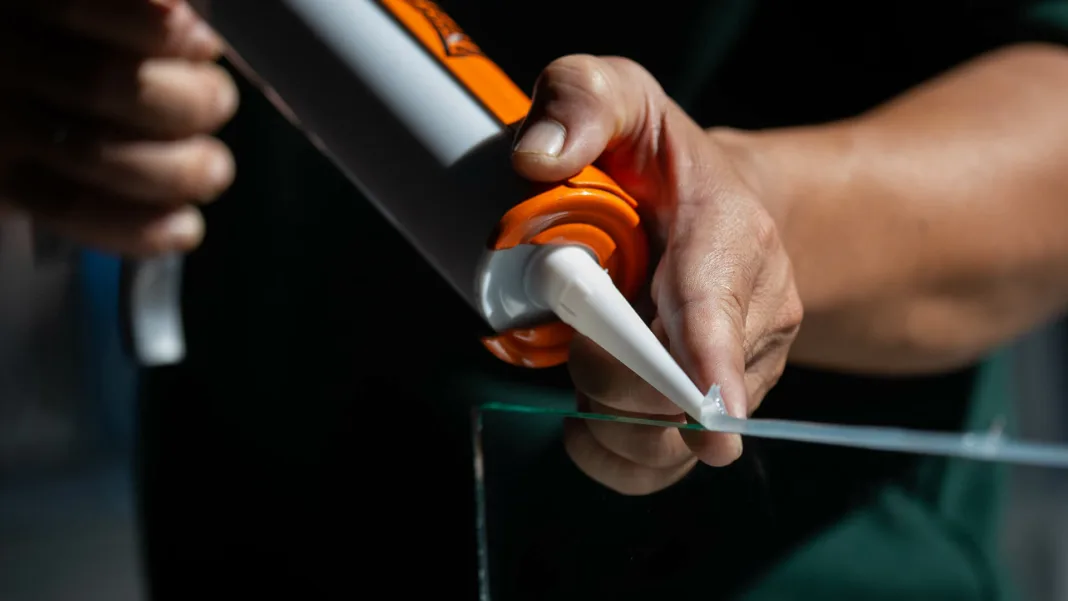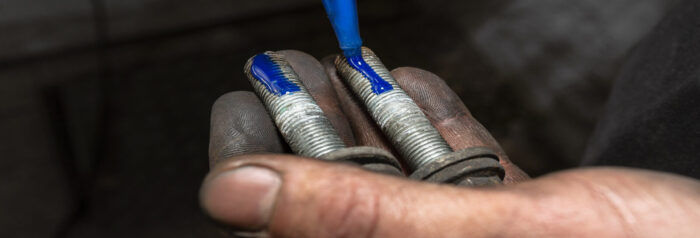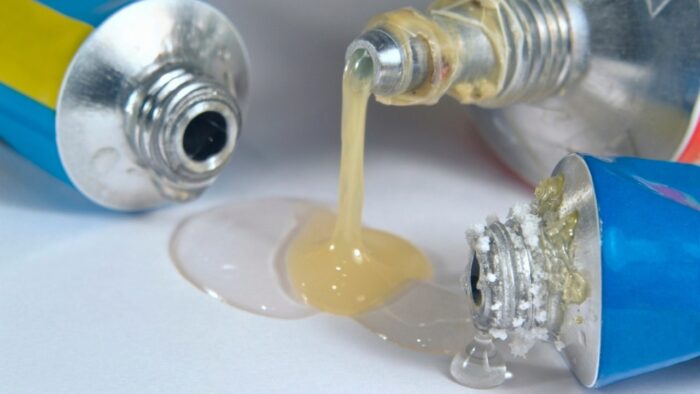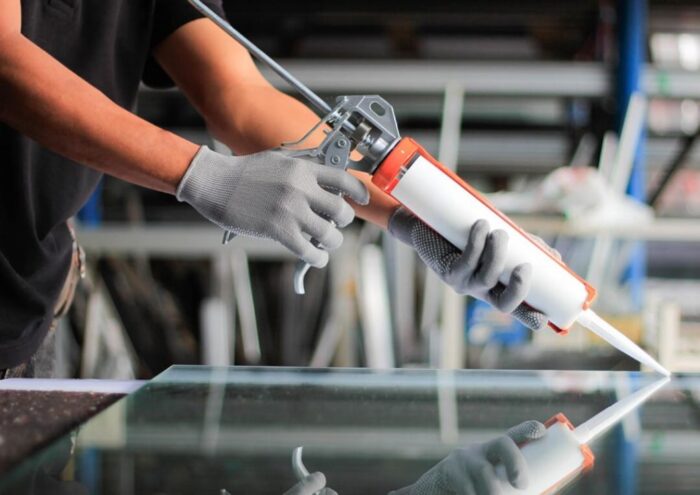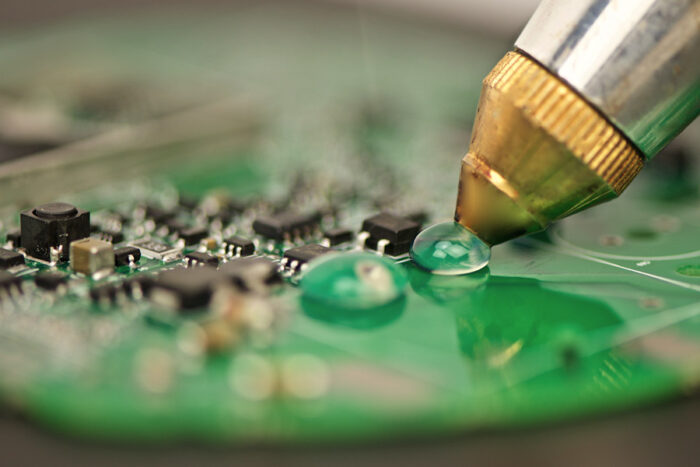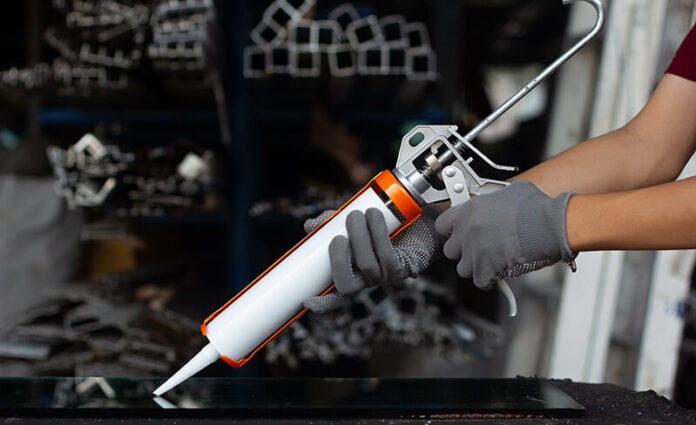
Engineering adhesives play a crucial role in modern manufacturing, construction, and repair processes. These specialized adhesives are designed to bond materials with exceptional strength, durability, and resilience, offering solutions that traditional mechanical fastening methods cannot achieve. In this article, we will explore the various types of engineering adhesives and their specific uses in different industries.
Types of Engineering Adhesives
1. Epoxy Adhesives
- Properties: Epoxy adhesives are known for their high strength, excellent chemical resistance, and ability to bond a wide range of materials, including metals, ceramics, glass, and some plastics. They consist of two components: a resin and a hardener, which, when mixed, undergo a chemical reaction to form a rigid, durable bond.
- Uses: Commonly used in automotive, aerospace, and marine applications, epoxy resin is ideal for structural bonding, potting, and encapsulation, and as a coating for protective surfaces. For instance, in the aerospace industry, epoxies are used to bond parts of aircraft structures, providing superior strength and resistance to environmental factors.
2. Acrylic Adhesives
- Properties: Acrylic adhesives cure quickly, exhibit high impact resistance, and can bond dissimilar materials effectively. They are also resistant to environmental conditions, such as UV light and moisture, making them suitable for outdoor applications. Acrylics can be modified with different formulations to enhance specific properties like flexibility or thermal resistance.
- Uses: These adhesives are often used in the construction industry for bonding panels, in the automotive industry for trim attachment, and in electronics for securing components. For example, in the construction sector, acrylic adhesives are used to bond facade panels to building structures, providing a durable and weather-resistant bond.
3. Cyanoacrylate Adhesives (Super Glue)
Source: popsci.com - Properties: Cyanoacrylate adhesives are fast-acting, providing a strong bond in seconds. They work well on small surfaces and offer excellent adhesion to plastics, metals, and rubber. These adhesives polymerize rapidly in the presence of moisture, forming strong bonds with minimal clamping required.
- Uses: Widely used for quick repairs, medical applications like bonding surgical incisions, and in the assembly of small plastic parts in consumer electronics. In medical applications, cyanoacrylates are used as tissue adhesives to close wounds and incisions, reducing the need for sutures and minimizing scarring.
4. Polyurethane Adhesives
Source: craft-art.com - Properties: Polyurethane adhesives are flexible, impact-resistant, and perform well in both low and high temperatures. They provide a strong bond to porous and non-porous materials alike. Polyurethanes can be formulated to be rigid or flexible, depending on the specific application requirements.
- Uses: Often used in the construction industry for sealing and bonding panels, in the automotive industry for windshield installation, and in woodworking for furniture assembly. For instance, in woodworking, polyurethane adhesives provide strong, flexible bonds that can withstand the stresses of daily use and environmental changes.
5. Silicone Adhesives
Source: constrofacilitator.com - Properties: Silicone adhesives are known for their flexibility, heat resistance, and excellent sealing properties. They can withstand extreme temperatures and environmental conditions, making them ideal for both indoor and outdoor applications. Silicones remain flexible over a wide temperature range, which is crucial for applications involving thermal cycling.
- Uses: Commonly used in the automotive industry for gasket sealing, in the construction industry for sealing windows and doors, and in electronics for potting and encapsulation. In electronics, silicone adhesives protect components from moisture, dust, and vibrations, ensuring the longevity and reliability of electronic devices.
6. Anaerobic Adhesives
Source: adhesivesolutions.ca - Properties: Anaerobic adhesives cure in the absence of air, providing a strong bond to metal surfaces. They are resistant to heat, chemicals, and vibrations, making them suitable for high-stress environments. These adhesives remain liquid when exposed to air but cure rapidly when confined between metal surfaces.
- Uses: Used extensively in the automotive and aerospace industries for locking threaded fasteners, retaining bearings, and sealing hydraulic and pneumatic fittings. In the automotive industry, anaerobic adhesives are used to prevent loosening of fasteners due to vibrations, enhancing the safety and reliability of vehicles.
Applications of Engineering Adhesives
Engineering adhesives are utilized in various industries due to their ability to provide strong, durable bonds that enhance the performance and longevity of products. Here are some key applications:
1. Automotive Industry
- Body Assembly: Adhesives are used in place of welding or riveting for attaching body panels, leading to lighter, more fuel-efficient vehicles. This not only reduces vehicle weight but also improves aerodynamics and fuel efficiency.
- Interior Components: Used for bonding dashboards, door panels, and trim pieces, providing a clean, aesthetic finish without visible fasteners. Adhesives also help reduce noise, vibration, and harshness (NVH) inside the vehicle, enhancing passenger comfort.
- Structural Bonding: High-strength adhesives like epoxies and acrylics are used for structural components to improve crash resistance and overall durability. These adhesives distribute stress evenly across the bond line, improving the integrity and safety of the vehicle structure.
2. Aerospace Industry
- Composite Bonding: Adhesives are essential for bonding composite materials used in aircraft to reduce weight and improve fuel efficiency. Composites bonded with adhesives offer excellent strength-to-weight ratios, crucial for aerospace applications.
- Engine Components: High-temperature adhesives are used in jet engines to bond and seal components that must withstand extreme conditions. These adhesives ensure the reliability and performance of engine components under high thermal and mechanical stress.
- Maintenance and Repairs: Quick-curing adhesives like cyanoacrylates are used for field repairs, ensuring minimal downtime and maintaining safety standards. These adhesives allow for rapid repairs in remote locations, ensuring aircraft can return to service quickly.
3. Construction Industry
Source: linkedin.com - Structural Glazing: Silicone and polyurethane adhesives are used for attaching glass panels to building facades, providing both strength and aesthetic appeal. These adhesives offer flexibility to accommodate building movements and thermal expansion.
- Flooring and Tile Installation: Adhesives are used to bond various flooring materials, including wood, vinyl, and ceramic tiles, ensuring a durable, long-lasting finish. Adhesives provide strong bonds that can withstand foot traffic and environmental conditions.
- Sealing and Insulation: Adhesives are used to seal joints, cracks, and seams in buildings, improving energy efficiency and preventing water ingress. Sealing with adhesives helps maintain indoor air quality and reduces energy consumption for heating and cooling.
4. Electronics Industry
Source: gdiadhesives.com - Component Assembly: Adhesives are used to secure components on printed circuit boards (PCBs), providing electrical insulation and mechanical stability. These adhesives prevent movement of components during operation, ensuring reliable performance.
- Encapsulation and Potting: Epoxy and silicone adhesives are used to protect sensitive electronic components from moisture, dust, and vibrations. Encapsulation with adhesives extends the life of electronic devices by protecting them from environmental factors.
- Display Bonding: Optical adhesives are used to bond display screens to touch panels, ensuring clear visibility and durability. These adhesives provide high optical clarity and resist yellowing over time, maintaining the quality of displays.
5. Marine Industry
- Hull Construction: Adhesives are used to bond fiberglass and composite materials in boat hull construction, providing strength and reducing weight. Adhesives offer corrosion resistance, which is crucial for marine environments.
- Deck Fittings: Adhesives are used to attach hardware and fittings to the deck, ensuring a secure, waterproof bond. This helps prevent leaks and maintains the integrity of the boat structure.
- Repairs and Maintenance: Quick-curing adhesives are used for emergency repairs, ensuring vessels remain seaworthy and operational. These adhesives allow for fast repairs on the water, minimizing downtime and ensuring safety.
Conclusion
Engineering adhesives have revolutionized the way industries approach bonding and assembly processes. From automotive and aerospace to construction and electronics, these adhesives provide solutions that improve performance, durability, and efficiency.
By understanding the various types of engineering adhesives and their specific applications, manufacturers can make informed decisions to enhance the quality and reliability of their products. As technology continues to advance, the role of engineering adhesives will only become more critical in meeting the demands of modern industry.

